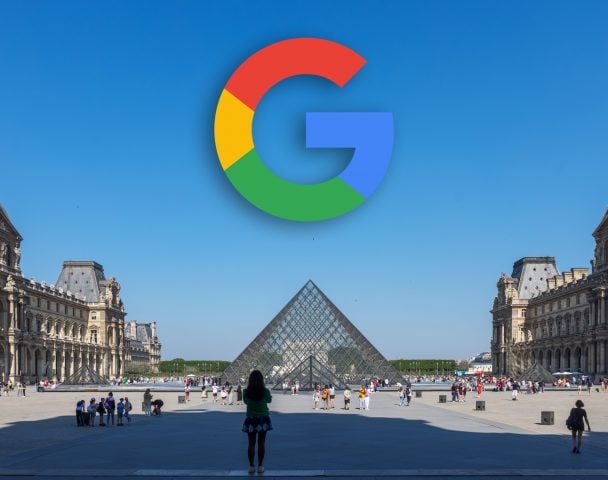Books
The Legendary Art Space That Brought Us Prada Marfa Gets the Book Treatment
Ballroom Marfa is marking its 20th year with a "kaleidescope compendium."
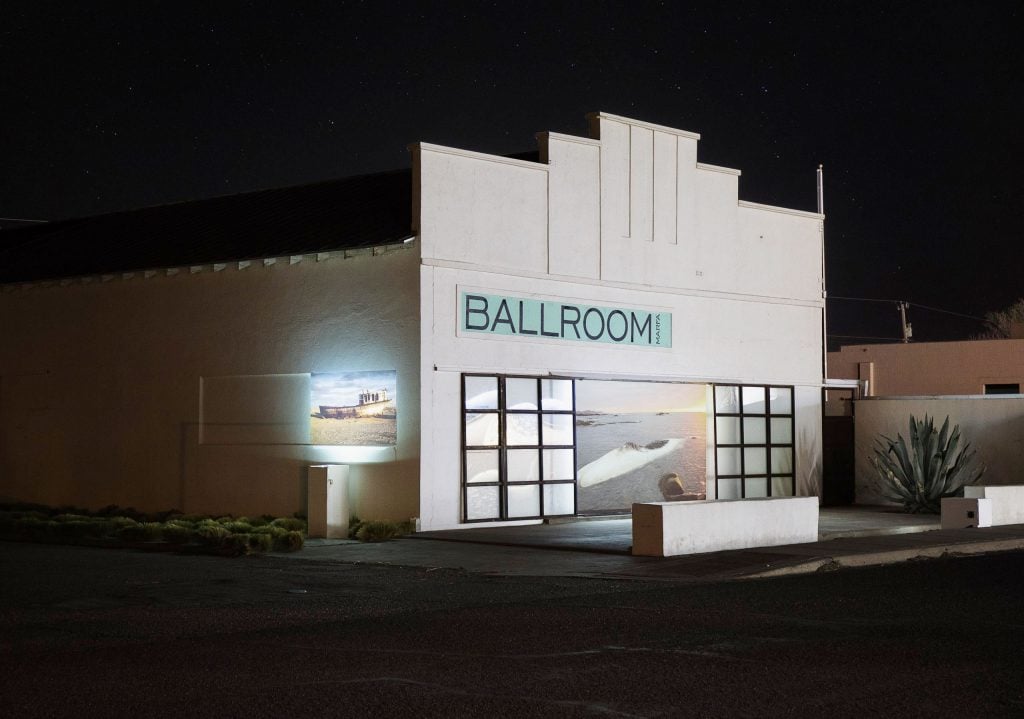
Without Ballroom Marfa, there might not be a Prada Marfa. But, the West Texas-based non-collecting museum is much more than its most infamous project. Over the past two decades, Ballroom Marfa has invited leading minds to curate shows, opened its own drive-in movie theater, and staged concerts that would make Lollapalooza jealous.
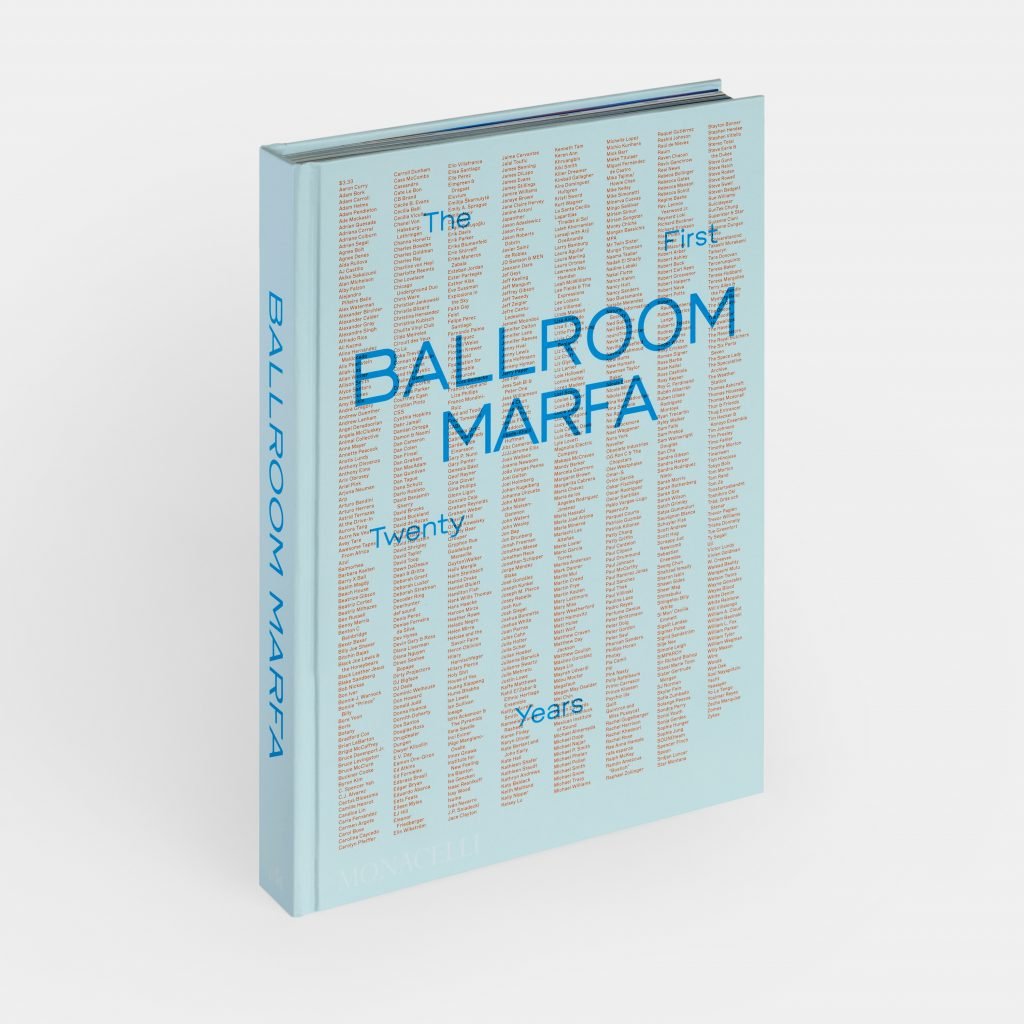
Ballroom Marfa: The First Twenty Years. Photo courtesy of Monacelli.
Last year marked Ballroom Marfa’s 20th anniversary. To celebrate, the museum has partnered with Phaidon’s Monacelli Press to present Ballroom Marfa: The First Twenty Years, a collectible book that outlines its origin story, greatest hits, and growth. The self-proclaimed “kaleidoscope compendium” even offers three issues of a new zine launched just for the occasion.
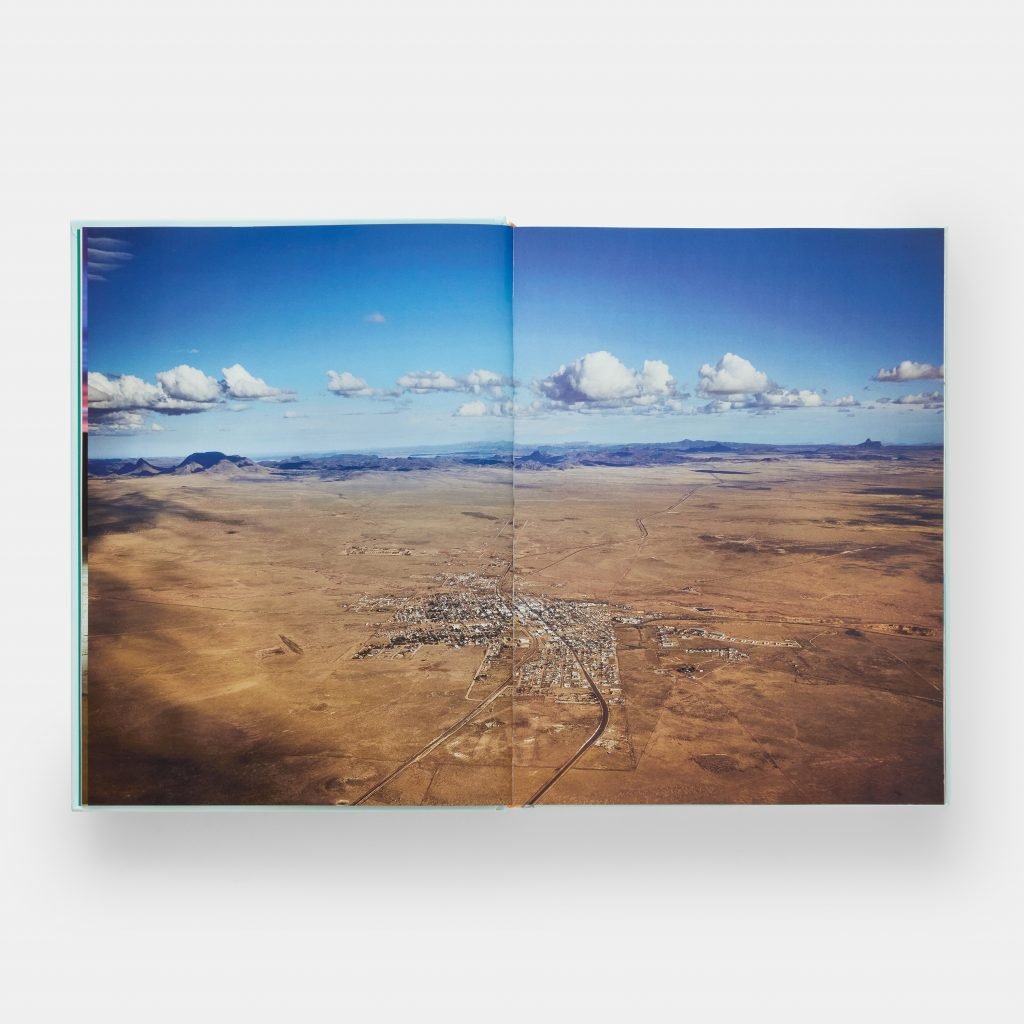
An aerial view of Marfa in Ballroom Marfa: The First Twenty Years. Photo courtesy of Monacelli.
Sound bites and essays from the likes of filmmaker John Waters, multimedia artist Lonnie Holley, and painter Loie Holowell, abound—all reflecting on their work with Ballroom Marfa. There’s a few entries centered on Prada Marfa, but they’re hardly the stars of this 320-page party.
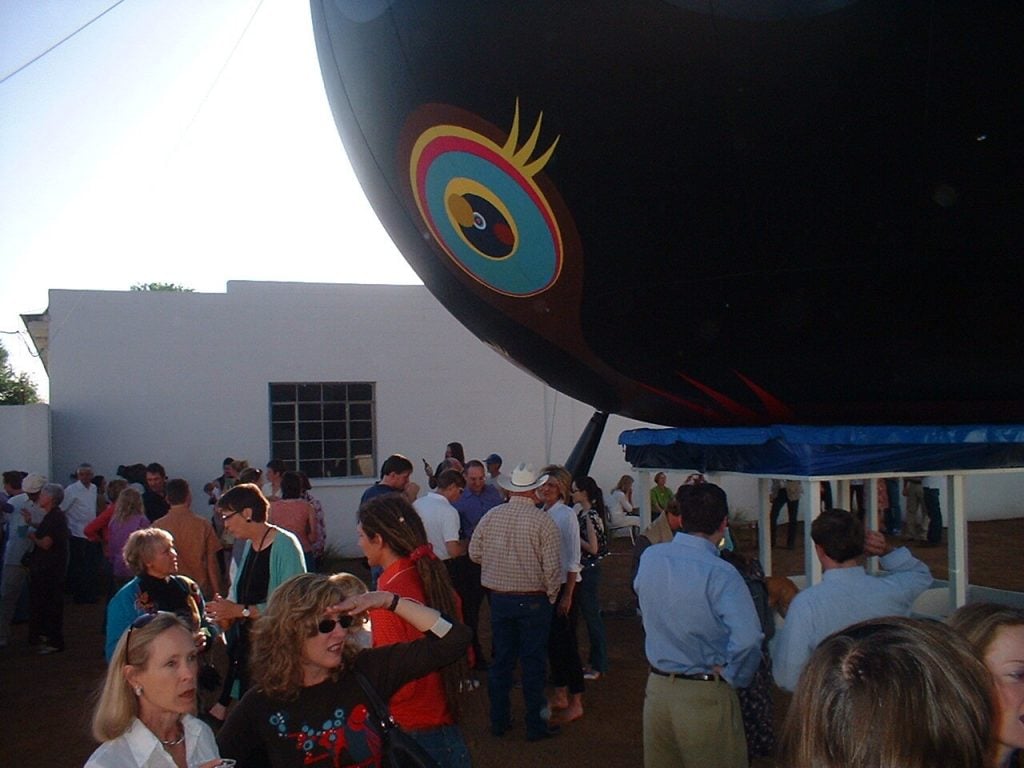
Takashi Murakami, Jellyfish Eyes, Black (2003) looms over an April 2004 group show curated by Alexander Gray. Photo courtesy of Monacelli.
In his prologue, Sterry Bucher of the local Big Bend Sentinel recalls that rumors swirled ahead of Ballroom Marfa’s debut. “Those new art folks are renovating that building to put in a topless bar,” concerned residents told him. Bucher raised the question with Ballroom Marfa co-founder Virginia Lebermann, who broke into hysterics over the phone before clarifying that the team was considering adding a tapas bar to the gallery. “But a topless bar might be a good idea if this little art deal doesn’t work out,” she said.

Japanther peforming at Ballroom Marfa in 2007. Photo courtesy of Monacelli.
Fortunately, that little art deal did work out—in a big way. After two more introductory essays, one by Lebermann and another by her co-founder Fairfax Dorn, Ballroom Marfa begins.
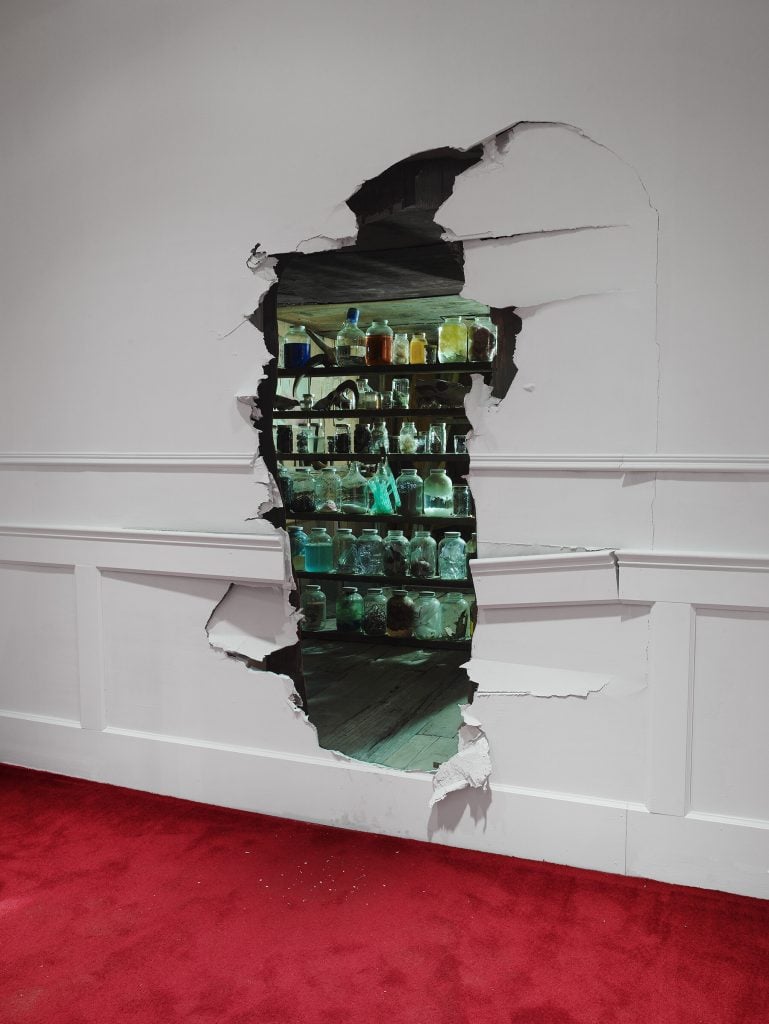
Installation view from the collaborative, immersive show Hello Meth Lab in the Sun (2008). Photo courtesy of Monacelli.
The book organizes two decades into five chronological, thematic sections. Chapter one recounts 2003 to 2007 through the programming that put Ballroom Marfa on the map, like “Optimo,” curated by Alexander Gray. Chapter two shows Ballroom Marfa pursuing ever-more complex projects between 2008 and 2012, like creating a camp for aspiring DJs and installing a provocative video at an art festival in El Paso.
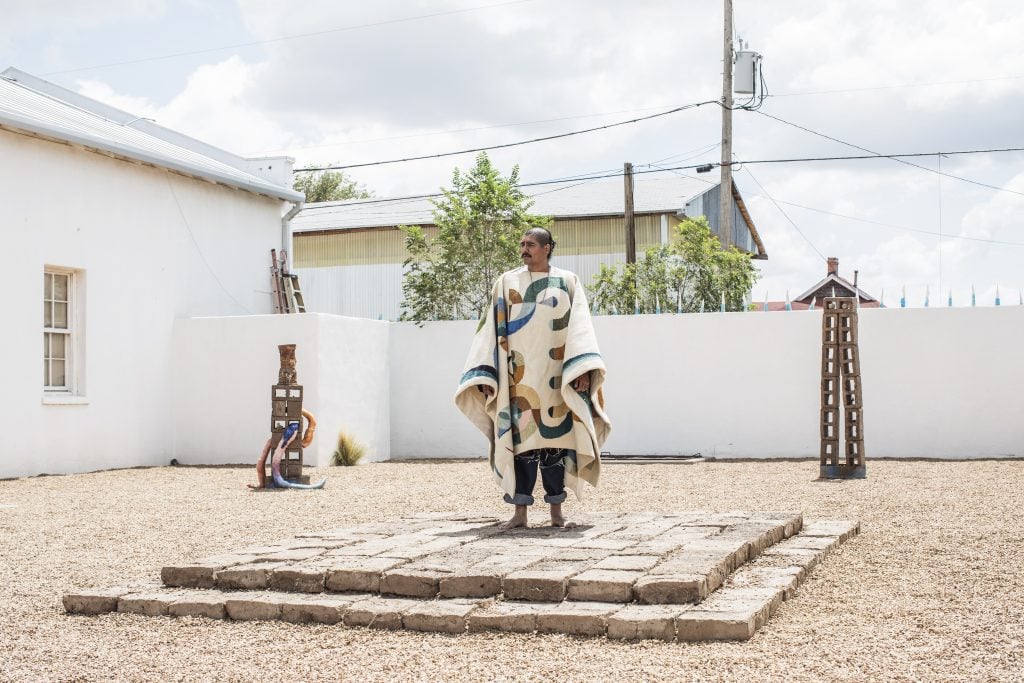
Eamon Ore-Giron wearing Talking Shit with Quetzalcoatl/I Like Mexico and Mexico Likes Me (2017) as part of a group show that year curated by rafa esparza. Photo courtesy of Monacelli.
Chapter three sees Ballroom Marfa finding its stride between 2013 and 2016, staging increasingly high profile shows and expanding on its existing efforts, such as film screenings and the Marfa Dialogues symposium. Chapter four then highlights how Ballroom Marfa explored its relationship with the land between 2017 and 2019 through group exhibitions, outdoor installations, and Brazllian artist Solange Pesoa’s first U.S. museum show. Chapter five selects the museum’s boldest recent programming.
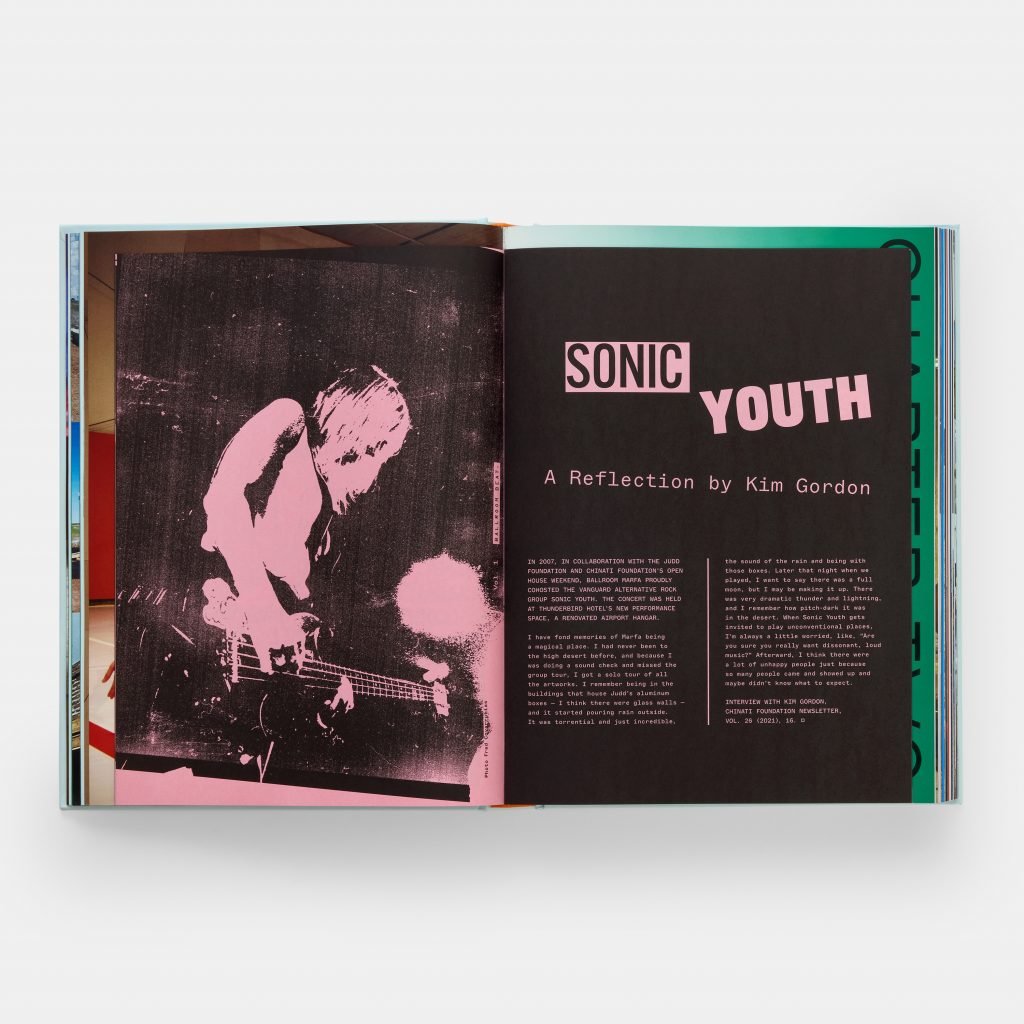
Kim Gordon’s Ballroom Beat essay. Photo courtesy of Monacelli.
Three separate volumes of the new zine, Ballroom Beat, punctuate these chapters. The first features Kim Gordon, YACHT, and other musicians reminiscing about performances they gave at the space. Volume two reanimates Ballroom Marfa’s Marfa Myths music festival, which hosted stars like Dev Hynes, Parquet Courts, and Deerhunter. Volume three offers archival posters from Ballroom Marfa’s musical programming. A spokesperson told me “Ballroom Beat” will live on. The next issue drops Fall 2025.
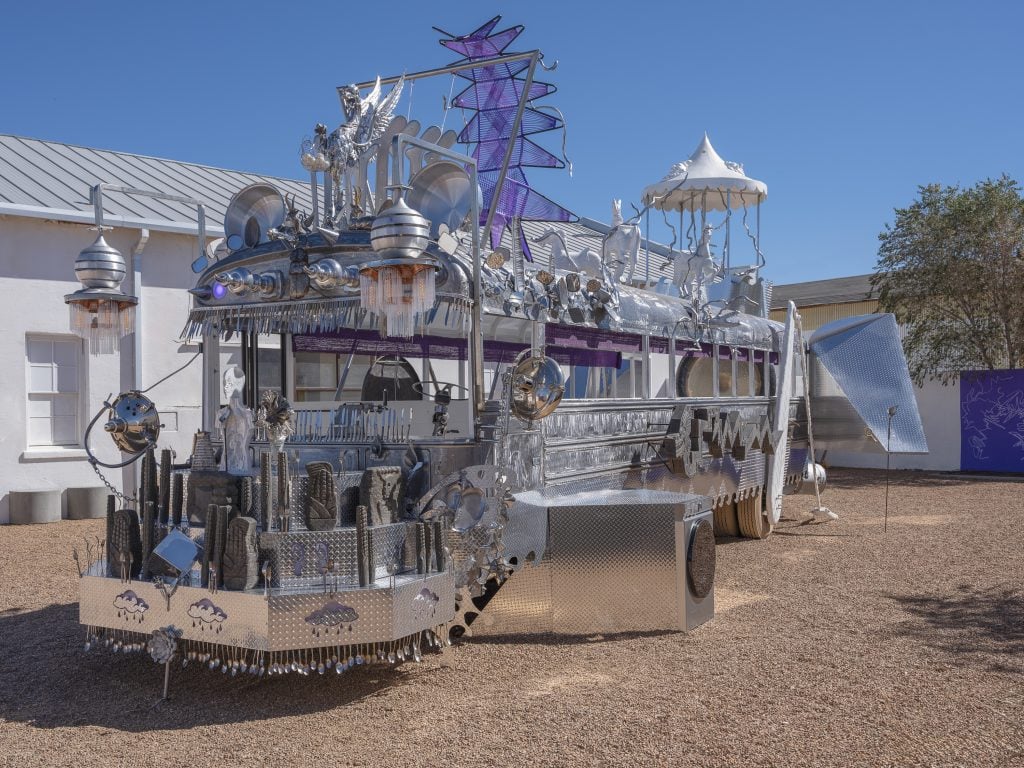
Guadalupe Maravilla Mariposa Relámpago (2023) on view outside Ballroom Marfa in 2023. Photo courtesy of Monacelli.
It’s hard to believe that one organization has made so much noise in only two decades. In case readers have any difficulties keeping the story straight, the book’s epilogue contains a comprehensive timeline of every milestone along Ballroom Marfa’s 20-year journey. Thus, this fruitful chapter concludes, and a new one begins.
Ballroom Marfa: The First Twenty Years is out now on Phaidon.



